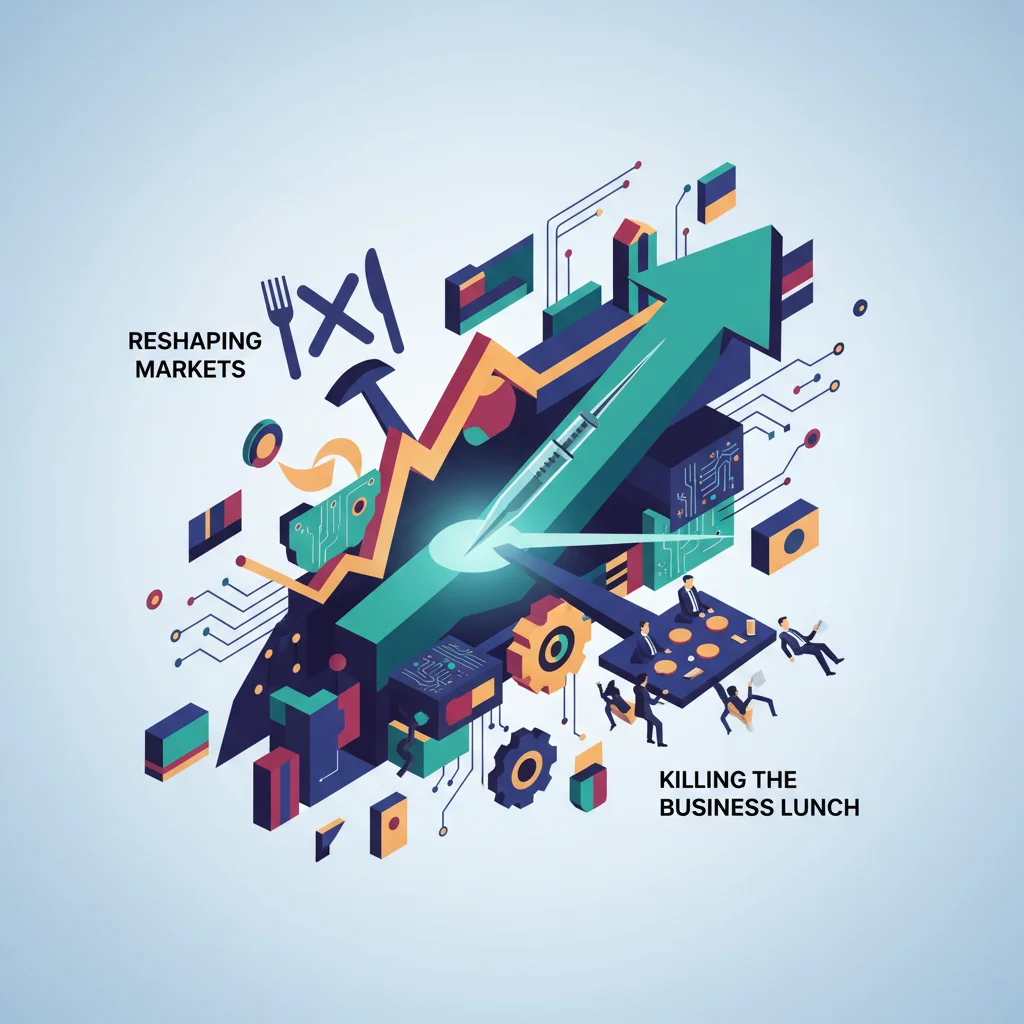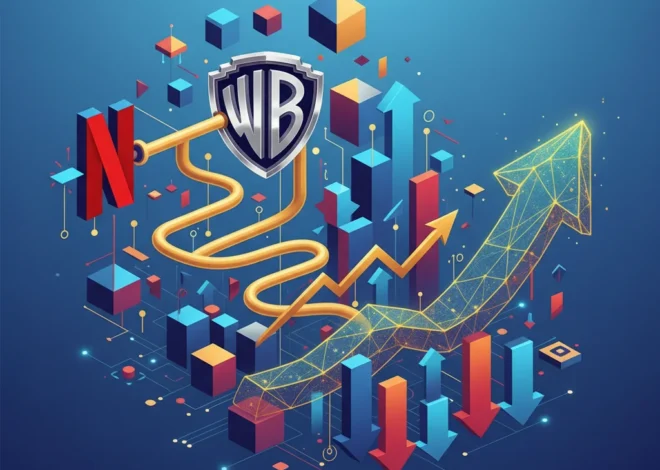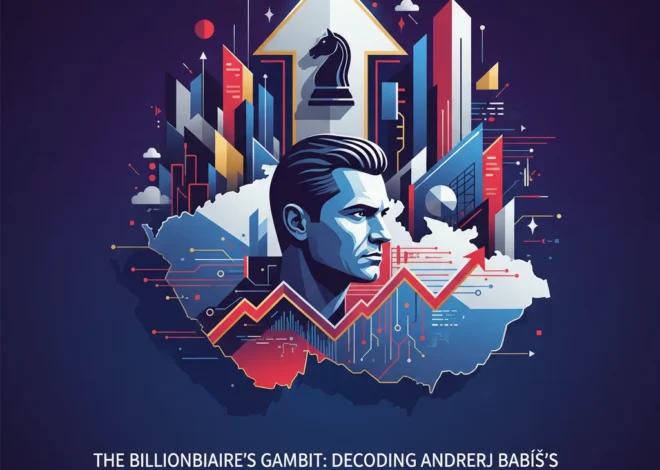
The Ozempic Economy: How a Weight-Loss Shot is Reshaping Markets and Killing the Business Lunch
The most disruptive force shaking the global economy today isn’t a volatile cryptocurrency or a new fintech platform. It isn’t a breakthrough in artificial intelligence or a geopolitical shift. It’s a simple weekly injection. GLP-1 agonists, the class of drugs popularly known by brand names like Ozempic and Wegovy, have taken the world by storm with their remarkable efficacy in weight loss. But their impact extends far beyond the bathroom scale, sending seismic shocks through the stock market, reshaping consumer behavior, and threatening to dismantle a cornerstone of corporate culture: the business lunch.
For decades, the business lunch has been more than just a meal; it’s been an institution. It’s where deals are forged, relationships are built, and corporate strategy is informally debated over steak frites and a bottle of Bordeaux. This ritual has been the lifeblood of high-end restaurants in financial districts from Wall Street to the City of London. But now, restaurateurs are witnessing a troubling new trend. Diners are ordering less, skipping the bread basket, forgoing appetizers, and, most alarmingly for the bottom line, turning down that second glass of wine. As one London restaurant owner noted, “People just aren’t as hungry.” This anecdotal evidence is the first tremor of a massive economic earthquake, one that investors, business leaders, and finance professionals must understand to navigate the changing landscape.
The Stock Market’s New Appetite: Pharma Up, Food Down
The most immediate and quantifiable impact of the GLP-1 revolution can be seen in the stock market. The pharmaceutical giants behind these drugs, Novo Nordisk and Eli Lilly, have seen their valuations soar to astronomical heights. In 2023, Novo Nordisk briefly became Europe’s most valuable company, eclipsing luxury conglomerate LVMH. This meteoric rise reflects the immense potential market for these drugs, with analysts at Morgan Stanley projecting the global anti-obesity market could reach $77 billion by 2030.
This boom in pharma has created a parallel bust in other sectors. The “Ozempic effect” has become a new risk factor for investors in the food, beverage, and restaurant industries. When Walmart executives mentioned that they saw a slight pullback in food consumption among people taking these drugs, the market reacted swiftly. Shares of snack food giants like PepsiCo and Mondelez, fast-food chains like McDonald’s, and even supermarket conglomerates felt the pressure. The logic is simple: if millions of people have their appetites chemically suppressed, they will buy less food. This fundamental shift in demand is a major headwind for companies whose business models are built on volume and indulgence.
The field of economics is grappling with how to model this unprecedented variable. Traditional trading algorithms and financial models are being updated to account for this new consumer profile. For those involved in investing, the key is to look beyond the obvious. The ripples will affect everything from the commodity prices of sugar and corn to the advertising budgets allocated to junk food.
Below is a breakdown of the sectors feeling the immediate impact of this pharmaceutical-driven shift in the economy.
| Sector | Potential Negative Impact (The Bear Case) | Potential Positive Impact / Adaptation (The Bull Case) |
|---|---|---|
| High-End Restaurants | Reduced spending per table (fewer courses, less alcohol), decline in “power lunch” culture. | Pivot to smaller, healthier, high-margin tasting menus. Focus on experience over volume. |
| Fast Food & QSR | Significant drop in demand for high-calorie, large-portion meals and sugary drinks. | Introduction of “GLP-1 friendly” menu items, focus on salads, grilled options, and healthier choices. |
| Packaged Food & Snacks | Decreased sales of chips, cookies, candy, and processed foods. Pressure on legacy brands. | Acquisition or development of health-focused brands, protein bars, and nutritional supplements. |
| Alcohol & Beverage | Studies and anecdotal reports suggest GLP-1 drugs reduce cravings for alcohol, hitting sales. | Growth in non-alcoholic beverage market, including premium mocktails and health drinks. |
| Airlines & Transport | Potentially lower fuel costs over the long term as average passenger weight decreases. | Minimal direct positive impact, but fuel savings could improve operating margins. |
| Healthcare & Wellness | Reduced demand for bariatric surgery and other obesity-related treatments. | Explosive growth for telehealth platforms prescribing GLP-1s, nutritionists, and fitness coaches. |
Beyond the Restaurant: Second-Order Economic Consequences
The shuttering of the business lunch and the strain on the food industry are just the first-order effects. A true financial analysis requires looking at the second- and third-order consequences that will ripple through the entire economy.
Consider commercial real estate in major financial hubs. If the business lunch declines, what happens to the value of prime restaurant real estate? How does this affect the vibrancy and tax base of city centers? Think about the agricultural supply chain. A sustained drop in demand for sugar, high-fructose corn syrup, and certain fats could reshape farming economics. Even industries that seem unrelated, like aviation, are modeling the potential for billions in fuel savings from a lighter passenger load.
On the other side of the ledger, this trend creates new economic opportunities. The wellness industry—gyms, fitness apps, nutritionists, and athleisure brands—stands to benefit enormously as people on these medications seek to complement their weight loss with a healthier lifestyle. The banking sector will see a flurry of activity as companies in legacy food industries seek M&A opportunities to pivot their portfolios, while new wellness startups will require venture capital and financing.
An Investor’s Guide to the New Consumer Economy
For those in finance and investing, the rise of GLP-1s is not a passing fad; it is a fundamental re-weighting of consumer priorities that necessitates a portfolio review. The challenge is to look past the obvious winners and losers and identify the companies best positioned to adapt to this new paradigm.
Key Areas for Analysis:
- Adaptability is Key: Don’t just short junk food companies. Identify the ones that are actively investing in their health and wellness divisions. Companies that can successfully pivot their product lines will be the long-term survivors.
- The “Pick-and-Shovel” Plays: Beyond the drug manufacturers themselves, who benefits? Think about companies involved in the cold-chain logistics required to transport these injectable drugs, or the telehealth platforms that are streamlining their prescription.
- Data and Analytics: The ability to track real-time consumer spending shifts is more valuable than ever. Financial technology, or fintech, platforms that provide alternative data sets—like credit card transaction analysis—will be crucial for any trading strategy looking to capitalize on these micro-trends.
This is a dynamic situation. The high cost of these drugs, questions around insurance coverage, and the long-term health implications are all significant variables that could alter the trajectory of this trend. A prudent investment strategy requires diversification and a deep understanding of the underlying science and economics at play.
The financial world is constantly being reshaped by innovation. While we often look to Silicon Valley for the next big thing, this time the disruption is coming from the pharmacy. It’s a powerful reminder that the biggest impacts on the economy can come from the most unexpected places.
The Last Course?
Is the business lunch truly dead? Perhaps not, but it is undoubtedly evolving. The three-martini lunches of the past are long gone, and the multi-course, wine-drenched power lunches of the 2010s may be next. The new business meal might be a healthier, quicker, and more focused affair—a reflection of a broader societal shift towards wellness and efficiency.
The “Ozempic Economy” is a complex ecosystem of interconnected effects. It’s a story about healthcare innovation, but it’s also a story about the stock market, consumer economics, and the future of entire industries. From the trading floor to the restaurant floor, the effects of these powerful drugs are just beginning to be digested. For business leaders and investors, ignoring this trend is not an option, as it may just eat your lunch.


